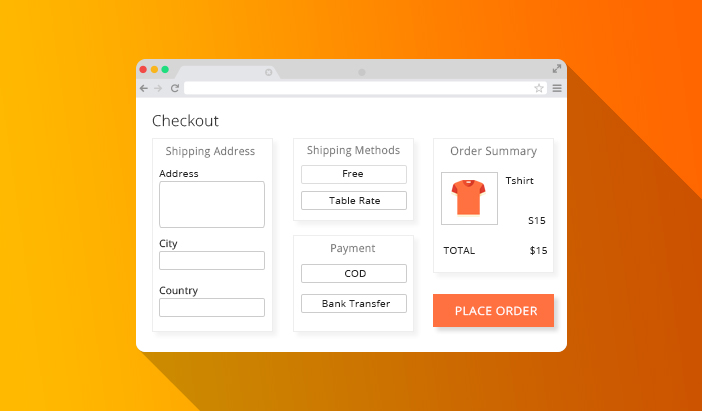
In today’s generation of technology and its advancement, most of the business priorities are most likely focused on improving customer approach in a creative way and generating more revenue streams from these. However, these goals are mostly achieved through the digital web or mobile applications that provide most of the options that the users need. Perhaps, this is done in easy and very intuitive ways.
The real challenge for every business nowadays is to create, market, and then sustain a User experience in this ever-growing ocean of experiences. And then to ensure that the customers are not only regarding what the app has to offer but also how it delivers complete user satisfaction.
What is User Experience (UX)?
The User Experience (UX) is how a person feels when interfacing with a system for products digitally. And this includes a website, desktop software, web application. Basically it represents any form of human and device interaction.
Why is UX so important?
The User Experience (UX) is important because it tries to fulfill the customer’s needs. Not only that it also aims to provide positive experiences that keep users loyal to the product or brand. In addition to all that a meaningful user experience allows defining customer journeys on the website.
Methods of the User Experience (UX) process that can be implemented for a Successful Business:
There are a number of steps to go through when developing the user experience. Here are 5 basic steps to start with:
1. User Profiles and Personas for a better User Experience (UX)
The first step and the most important step in the process is getting to know your customers and audience. These two factors will allow you to develop experiences that relate to the voice and emotions of your customers and audiences. To begin this, you will want to create a user persona, which is a semi-fictional representation of your ideal customer based on market research and data on your existing audience.
The investor should use resources that would take a lot of time to develop the content. There are numerous steps that must be taken to ensure you have all the data and information needed to develop a useful audience or customer effect.
2. Interface testing to increase the usability and experience of the website:
You need to keep this mind that when you are building a user interface (UI), the more data you can collect for the audience or the customers, the better it will be. To ensure a better study you can even conduct a study to compare the effectiveness and quality of experience between different user interfaces (UX) to your current site. Something as minor as changing a single word could impact the effectiveness of your page.
3. User surveys for the Website:
The best way to solve this is to interview existing and potential users of the system to gain insight. As this would be the most effective design for an organic growth. As we know that the user’s experience is subjective and the best way to directly obtain information is by studying and interacting with users about the product or the website. An element on the page that you thought was working might seem completely invisible to the user, so a firsthand view of the way they interact with the website can provide valuable insights.
4. User flow diagram To check the Organic Growth of the Website:
Make a flowchart showing how users should move through a system. And then you can start by deciding how you expect them to move through the site, then compare it to how they actually interact with it. Users or the Customers will help you here with this when you understand the profile of the customer or the audience on your Ecommerce website, you can have a better plan the optimal experience for them.
5. Sitemaps for the Website:
Once you’ve studied the user flow visitors are expecting on your site, thorough planning is essential. Start by building a sitemap for the pages you would like to create. A sitemap is a clearly organized hierarchy of all the pages and sub-pages within your site.
Creating a sitemap makes it easier to imagine how a user will get from point A to point B on the website, and how many clicks it will take to do it.
It’s time You Can Now Start Think About Your Own Website’s UX:
When is the last time you took a hard look at the user journey of your website? If it’s been awhile, it’s in your best interest to revisit it and make sure you aren’t losing users due to confusing user experience.
Related reading on Ecommerce Check Out –
































































